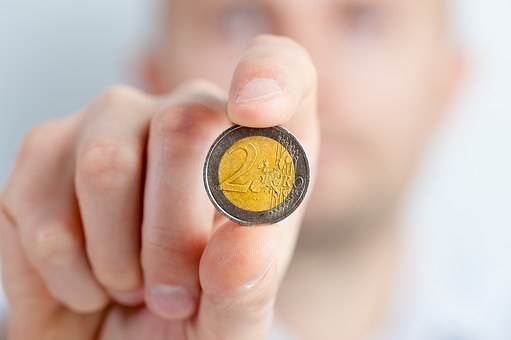 The Euro moved higher during trade in London on Tuesday after some back-tracking by a key White House advisor who suggested that the comments made earlier regarding the China deal being “over” had been misconstrued. According to Peter Navarro who is the trade advisor to the President, the deal remains in place; that helped to soothe frayed nerves for traders who are already jittery over the repercussions from the Coronavirus. The initial comments regarding the US-China trade deal had negatively impacted the Australian Dollar while boosting demand for the Japanese Yen as a safe haven currency. Sentiment for both currencies have reversed now that some semblance of calm has returned.
The Euro moved higher during trade in London on Tuesday after some back-tracking by a key White House advisor who suggested that the comments made earlier regarding the China deal being “over” had been misconstrued. According to Peter Navarro who is the trade advisor to the President, the deal remains in place; that helped to soothe frayed nerves for traders who are already jittery over the repercussions from the Coronavirus. The initial comments regarding the US-China trade deal had negatively impacted the Australian Dollar while boosting demand for the Japanese Yen as a safe haven currency. Sentiment for both currencies have reversed now that some semblance of calm has returned.
As of 11:11 am in London, the EUR/USD was trading higher at $1.1290, a gain of 0.2487% and off the earlier peak of $1.13066. The AUD/USD was also higher at $0.6928, up 0.2591%, with the pair ranging from a session low of $0.68576 to a peak of $0.69382. The USD/JPY was higher at 107.0700 Yen, up 0.15% off the earlier low of 106.734 Yen.
EU Area PMIs Surprise
Also helping to push the Euro higher was news that business activity in the Eurozone seemed to have recovered unexpectedly. Preliminary PMI readings for the month of June across several EU nations, including Germany and France, and the EU as a whole, were all better than analysts had predicted. The French PMIs all had the best outcomes, with preliminary numbers for the manufacturing and services sector, as well as the composite, all posting above the 50 threshold at 52.1, 50.3 and 51.3, respectively. In Germany, the PMI for the manufacturing sector improved to 44.6, above the 41.5 that had been predicted, with the composite PMI at 45.8 against an expected 44.2. The EU composite PMI came in with a reading of 47.5; analysts had predicted a rise to 42.4 (from 31.9).
